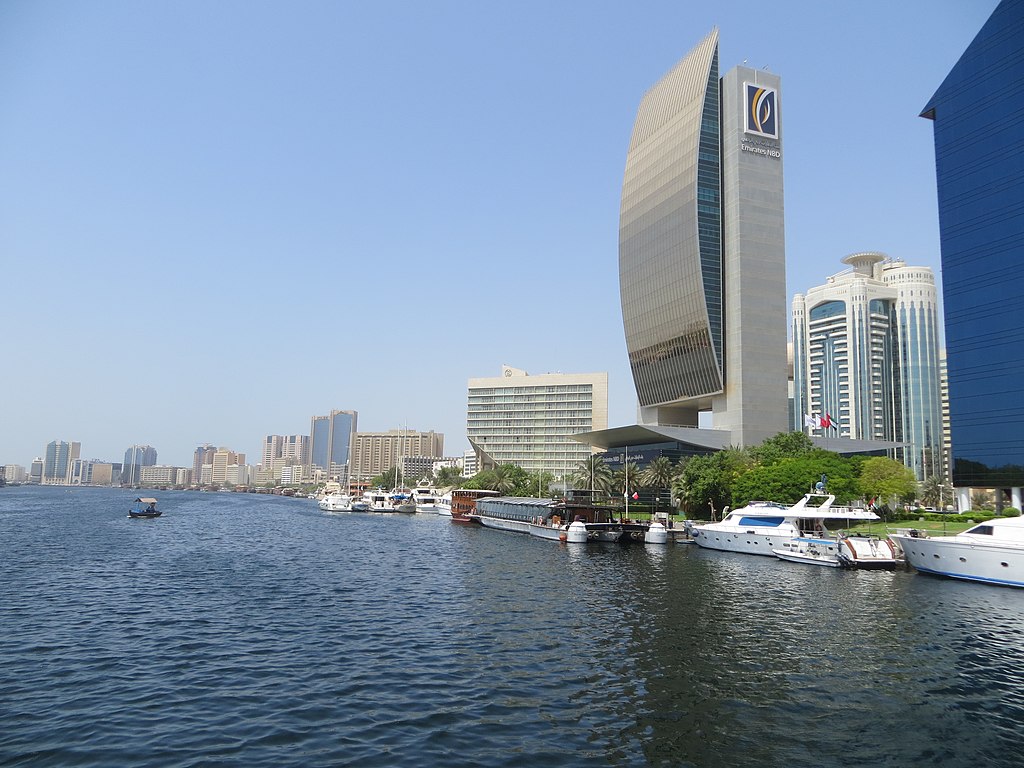An overview of banking in the UAE

The Emirates are normally referred to as the ‘Switzerland of the Middle East’ because of its tranquillity amid a troubled region. This is primarily because financing in the UAE is so straightforward. Indeed, the nation has become a safe haven for a growing number of ultra-high-net-worth people. As per New World Wealth, as well as the Wealth Report, many of the world's wealthiest people are expected to relocate to the nation during the next decade.
According to the population size, the onshore banking industry is considered overcrowded. The UAE Banks Federation, an association of 52 banks from the UAE and other countries, ensures the nation's financial stability. There are 22 national banks in this group. There are strict regulations in place by the Central Bank of the United Arab Emirates (UAE) on all banking activities, as well as on the introduction of new technology.
Banking in the UAE
The 22 locally regulated banks accounted for about 85% of the sector's total gross assets and 90% of its branch network as of April 2017. Five of the country's most prominent banks account for more than half the sector's assets. There are plenty of banks that offer wealth management in Dubai at this current moment in time, so it's really important to see what other offers banks are able to present to an individual.
Emirati banks allow consumers to handle their money and accounts in a variety of ways, including over the counter and online. Almost every bank in the United Arab Emirates offers online banking, and smartphone banking is frequent and freely accessible. The company's branches and service counters may be found in malls and other public places around the country for consumers who prefer face-to-face contact. There are several banks in the United Arab Emirates, and they're in a strong position to service their customers.
Strong recovery and projection
Banks in the United Arab Emirates were particularly hard-impacted during the global financial crisis of 2008–2009 because of their exposure to international account holders. However, rating agency Moody's currently ranks the industry as stable due to its solid financial fundamentals, which have subsequently recovered. Despite being predominantly supported by deposits, UAE banks have substantial liquidity reserves. In addition, the government's desire and capacity to help local banks remain strong. There were substantial earnings in the first half of 2019 for banks in the United Arab Emirates thanks to governmental and semi-governmental companies. According to data from the UAE's central bank, total gross bank assets were at AED 2.9 billion as of July 2019. 8.6 percent of the United Arab Emirates' gross domestic product is attributed to finance and health insurance activities.
International accounting standards, financial reporting standards (IFRS, and capital adequacy restrictions in accordance with Basel III norms have all been implemented by UAE banks. All UAE bank account holders must now have an International Bank Account Number (IBAN) in order to undertake locally or internationally payments as of 2011.
Banking inside the UAE offers a wide range of options. There seem to be four sources of financing in the nation, all of which are either locally formed or foreign-owned:
- Commercial banks
- Islamic banks
- Industrial banks
- Investment bank
Currency in the UAE
The UAE dirham is legal currency in all seven emirates. AED, or Dh or Dhs, is the official abbreviation for the dirham. It is split into 100 fils for each dirham. The dirham is tied to the US $ at a rate of exchange of AED 3.67 to the US dollar. An AED equals around $0.272294 in U.S. currency. Since about August 2019, the UAE's official currency exchange rate has been AED 4.06 to the Euro and AED 4.48 to the British Pound.
The dirham was introduced two years after the United Arab Emirates was federated. At par with the Dubai and Qatar riyals, it was originally established on May 19, 1973. Until 1966, all emirates including Abu Dhabi used the Qatari and Dubai riyal as their currency, with 1 dinar being equal to 10 dirhams. The Gulf rupee, which was issued by the Reserve Bank of India and equal to the Indian rupee, was used by the emirates that subsequently became the United Arab Emirates before 1966.

Emirates National Bank is the issuing authority for all UAE banknotes. Colours range from brown to light blue to purple to pink to brown/brown to navy blue to greenish blue to 1,000 dirhams in denominations of 5, 10, 20, 50, 100, 200, and 500 dirhams. You may buy coins ranging from a quarter to an emirate dirham (AED).
The Saudi riyal and the US dollar are acceptable forms of payment at some of the major supermarkets and retail outlets. The rate of exchange is likely to be adverse for the consumer in these situations.
1 comment
Leave a Reply